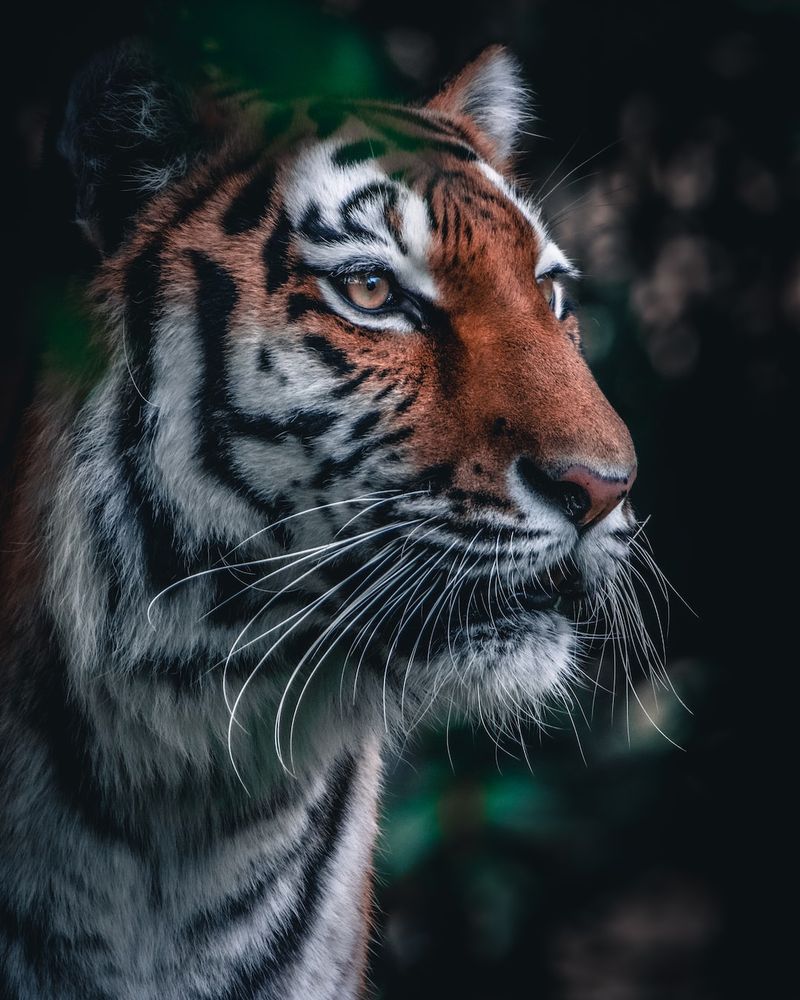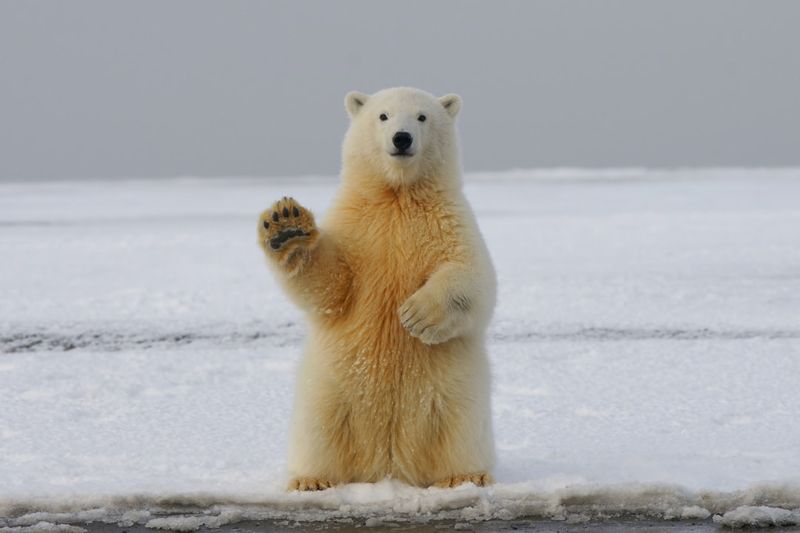Exploring Mustelids: A Diverse Family of Mammals Found in the UK
Recent sightings of a family of black mustelids walking down a street in Horsham have sparked curiosity and confusion among residents. Mustelids, a group of fur-bearing carnivorous mammals, include a wide range of species such as ferrets, polecats, badgers, otters, and the wolverine. In the United Kingdom, there are eight species of mustelids found in various habitats across the country.
Mustelids and Their Habitats
Mustelids are recognized for their adaptability and can be found in both terrestrial and aquatic regions around the world. With approximately 55 known species, they display a wide range of behaviors and physical characteristics.
Badgers
One of the most iconic mustelids in the UK is the badger. Easily recognizable with their distinctive black and white stripes, badgers are commonly found in woodland areas. The best chance to observe them is during dusk near their setts, or along roadside verges where they forage.
Weasels
Weasels, the smallest of the mustelid family, have a remarkable ability to appear unexpectedly. They often pop up out of long grass or hedgerows, surprising observers. Their elusive nature makes spotting them a fascinating and sometimes challenging endeavor.
Stoats
Similar to weasels but larger in size, stoats have a distinctive long tail. They can be found in a wide range of habitats, including woodlands, moorlands, and hedgerows. The presence of old dry-stone walls and mounds of rocks provides them with cover for hunting and survival.
Polecats
Polecats in the UK suffered from eradication due to their reputation as “vermin” for raiding chicken pens and pheasant farms. However, their population is gradually increasing. Polecats can now be spotted on moors, farmland, and even suburban gardens with good populations of small rodents.
Pine Martens
The pine marten, considered a “tree-climbing master,” was nearly extinct in England and Wales. However, a population in the Caledonian forests of central Scotland has slowly spread to other parts of the UK. Translocation projects have released small numbers in west Wales and the Forest of Dean, while other small populations have been discovered in Hampshire and Shropshire.
Otters
Otters, perhaps one of the most beloved mustelids, can now be found in every county across the UK. After facing extinction in the 1970s, otters have made a remarkable comeback in recent years. Their presence in rivers and other aquatic habitats signifies the success of conservation efforts.
Domestic Ferrets
Domestic ferrets were originally bred from wild polecats for hunting rabbits. Over time, they became popular pets. Many escaped ferrets spread across the English countryside, leading to confusion between feral ferrets and wild polecats. However, wild polecats have now displaced ferrets in most parts of western England.
American Mink
The American mink, an invasive mustelid, can be found on rivers across much of the UK. Many of these minks escaped or were released from fur farms in the 1960s and 1970s. Their presence poses challenges for local ecosystems and native species.
Conservation and Biodiversity
The presence of mustelids in the UK demonstrates the country’s rich biodiversity and the importance of maintaining diverse habitats. Each species plays a unique role in their respective ecosystems, contributing to the overall health and stability of the natural environment.
Conservation efforts have aided in the recovery of certain mustelid populations, such as the otters, polecats, and pine martens. These success stories highlight the positive impact of dedicated conservation programs and public awareness.
However, challenges remain, particularly with invasive species like the American mink, which can disrupt local ecosystems. Continued research, monitoring, and conservation actions are necessary to mitigate the negative effects of invasive species and protect native wildlife.
Editorial: Coexisting with Mustelids
The presence of mustelids in urban areas, as seen in the recent sightings in Horsham, serves as a reminder of the interconnectedness of wildlife and human habitats. It is crucial for communities to foster a harmonious coexistence with these diverse mammals.
Responsible waste management, reducing habitat fragmentation, and creating wildlife-friendly spaces can help ensure the survival and well-being of mustelid populations. Efforts to protect and enhance their natural habitats should be a priority for local authorities, conservation organizations, and individuals alike.
Education and awareness campaigns can also help dispel misconceptions and promote understanding of mustelids among the general public. By appreciating their ecological role and unique behaviors, individuals can become advocates for wildlife conservation and actively support efforts to protect their habitats.
Advice: Encountering Mustelids
If you are fortunate enough to encounter a mustelid in the wild, it is essential to approach with caution and respect for their space. These animals are wild and may exhibit defensive behaviors if they feel threatened.
Keep a safe distance and avoid any actions that could provoke a reaction. Observing from afar can provide a valuable opportunity to appreciate their natural behaviors and characteristics.
Reporting sightings to local wildlife authorities or conservation organizations can contribute valuable data for research and monitoring purposes. Your observations can help scientists and conservationists develop a better understanding of mustelids’ distribution, behavior, and overall population health.
In conclusion, mustelids are a remarkable group of mammals that contribute to the biodiversity and ecological balance of the UK. Understanding their habitats, conserving their environments, and adopting respectful behaviors when encountering them ensures the preservation of this fascinating part of our natural heritage.

<< photo by Donnie Ray Crisp >>
The image is for illustrative purposes only and does not depict the actual situation.
You might want to read !
- Undercover in Horsham: Unveiling the Enigmatic Mustelids | Discovering England’s Best-Kept Secrets
- “Exploring the Seas: American Researchers Set Sail to Cornwall in Search of Great White Sharks”
- The Battle Against Affirmative Action: Joe Biden Criticizes Unprecedented Court Ruling
- Political Resignation: Exploring Zac Goldsmith’s Departure as Foreign Office Minister
- Swan Incident Halts Elizabeth Line: An Analysis of Wildlife vs. Urban Infrastructure
- Croatia’s Surging Agricultural Land Values: A Look at the 1% Surge in 2022
- India Unveiled: A Journey through its Enigmatic Riches
- Cooling Tremors: Iceland’s Volcano Eruption Wanes, Bringing Relief from Gas Pollution
- 2023 Wimbledon: Analyzing Women’s Quarterfinals Predictions and Odds




